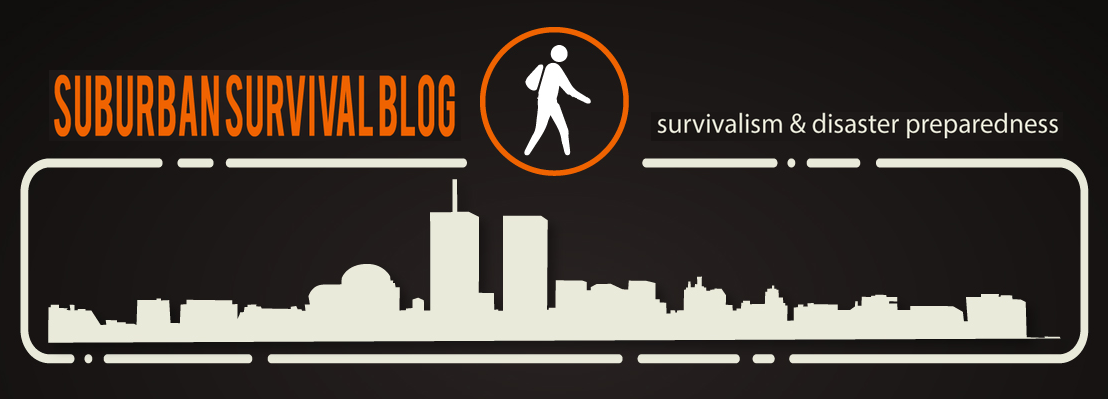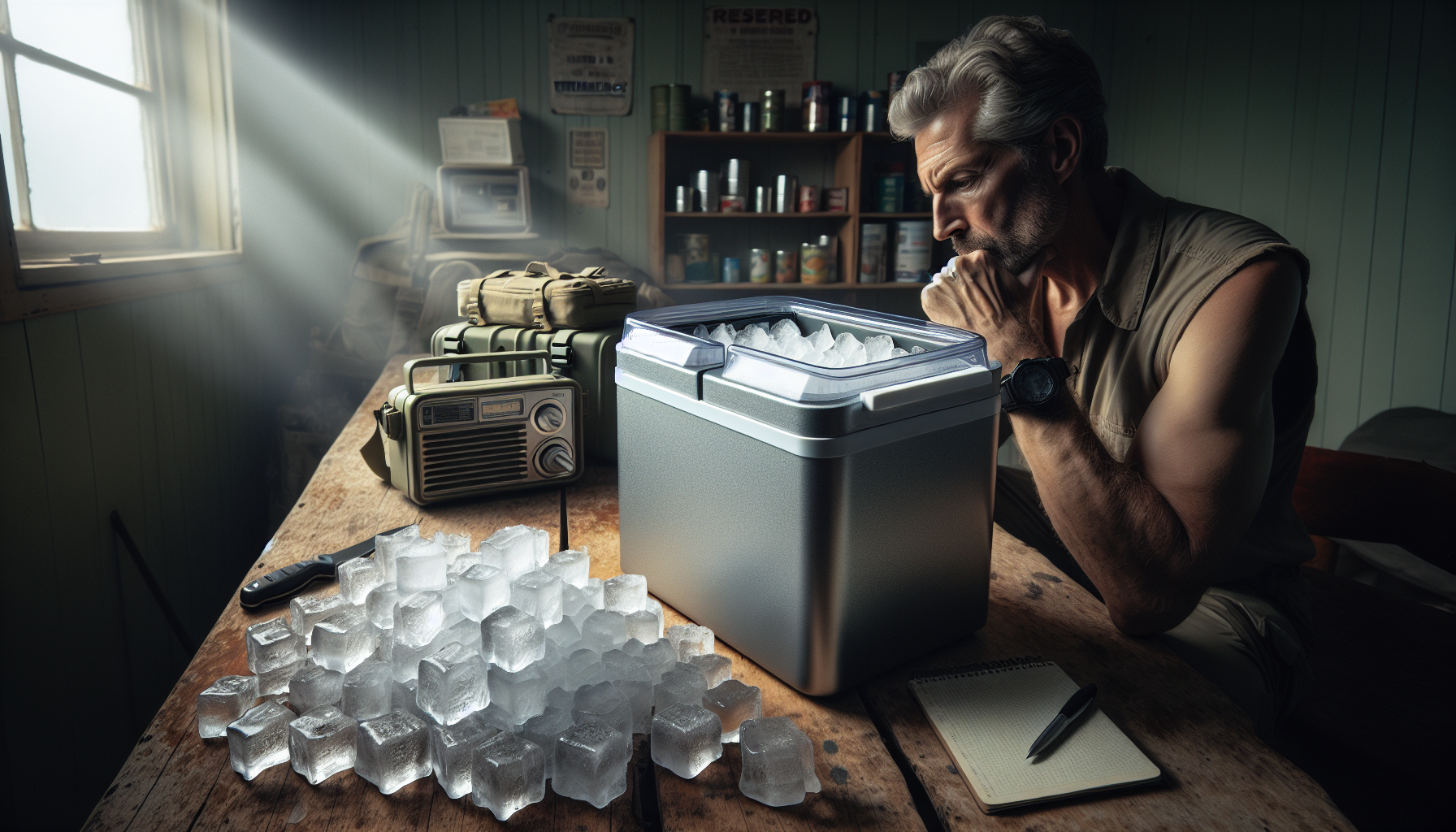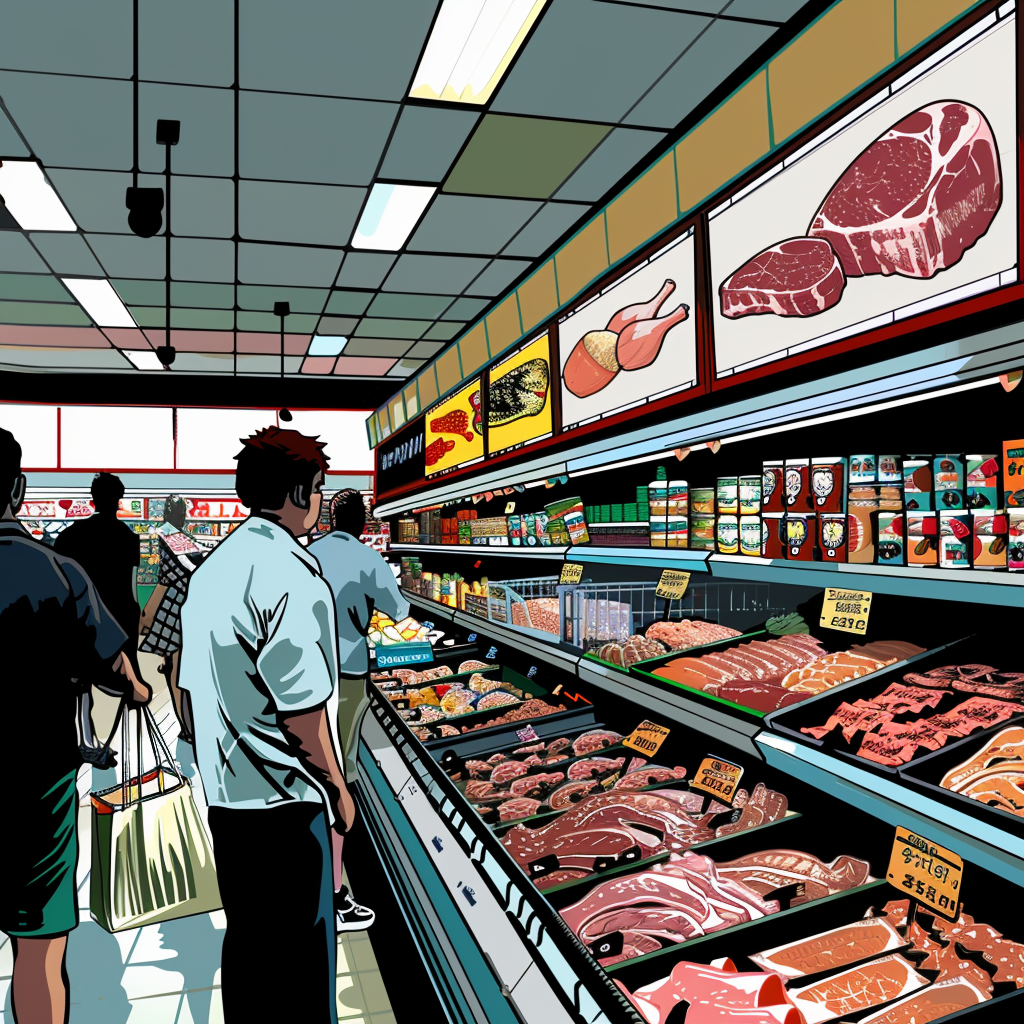In the survivalist and prepper community, this is a mantra often repeated. Like any mantra or simplified rule of thumb, it serves its purpose up to the point. While having simple rules to follow is often a good thing, the devil is in the details. For me, this simple rule is not so simple to follow, mainly because my regular, non-survivalist diet cannot be exactly like a post-emergency diet. That is, my pre-SHTF diet consists of a lot of fresh eggs, turkey bacon, fresh vegetables, fruits and lean meats and very little heavy carbohydrates like potatoes, white rice, beans and pasta. Unfortunately, that diet does not store well in mylar bags with oxygen absorbers. My wife’s diet does include heavy carbs so we do cook beans and wheat rice on occasion. Thus, there are some instances where I can store what we eat and eat what we store. But, I do store large quantities of items I don’t eat on a regular basis, in recognition that my post-SHTF diet will be laden with the standard rice and bean staples. As a result I have modified the simple “store what you eat, eat what you store” to this:
1) If what you eat is storable either in can goods lasting greater than one year, by all means store it and rotate it through your kitchen.
2) Purchase items you don’t normally eat that last longer than two years and have 30–60 days of supply in cans or other packages. Include good-tasting soups and grain-based breakfast food.
3) For items you would never eat unless the SHTF, purchase or package to store in excess of 20 years.
For example, since I eat lean meats on a regular basis, I purchased canned tuna, salmon and chicken. My wife will eat canned soup, grits and oatmeal so all of those can be rotated through the storage totes. We both eat beans in limited quantities, mostly in soup which uses diced tomatoes.
In the category that I would normally not eat but want to store, I purchased canned vegetables, fruit, peanut butter and honey. For those, we can either eat when they get close to their expiration or donate to charity and replace.
For the last category, I purchased rice, black-eyed peas, split peas, two types of pasta and three different types of beans to store in mylar bags with oxygen absorbers. They store well and are calorie dense. Those will be thrown into plastic storage bins and forgotten about. What I have not gotten into my stores are things like powdered milk, powdered eggs, oils, and baking necessities. All of those are definitely category 3 items.
Lastly, I recommend using a spreadsheet or some other tracking mechanism so that you can maintain the proper rotation and not allow things to go past their “best used-by dates”. Tracking things by their BUB as well as location, quantity, and calories gives you the ability to find things when you want to eat them as well as get a good overview of what you have and what you are lacking.
That is my take on modifying conventional wisdom to fit the reality of everyday life.









“3) For items you would never eat unless the SHTF, purchase or package to store in excess of 20 years.”
I suggest http://www.EmergencyDehydratedFood.com for this category! GREAT shelf-life, good nutrition, and very inexpensive.
Funny, what you put in category 3) (what you wouldn’t eat unless SHTF) are the main staples my family lives on from day to day. Without rice, beans, pasta, cooking ingredients we wouldn’t have 6 out of 7 of our meals in the week. Weird.
Funny, what you put in category 3) (what you wouldn’t eat unless SHTF) are the main staples that my family lives on from day to day. Without rice, beans, pasta, cooking ingredients we wouldn’t have 6 out of 7 of our meals in the week. Weird.
Funny, what you put in category 3) (what you wouldn’t eat unless SHTF) are the main staples that my family lives on from day to day. Without rice, beans, pasta, cooking ingredients we wouldn’t have 6 out of 7 of our meals in the week. Weird.